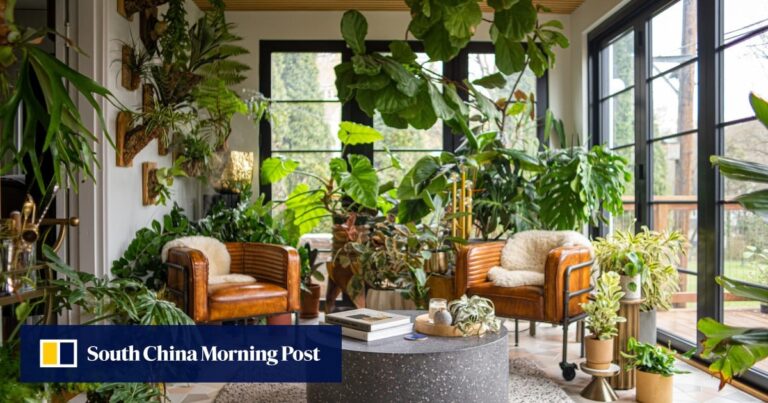“For me, plants and interior design have always been inseparable. Houseplants have so many benefits, including air purifying properties, flexible styling and sustainability. Our connection with plants dates back centuries,” says Hilton Carter, an American plant stylist and author of several books on the subject, including her latest, The Propagation Handbook.
“In today’s busy world, we literally become disconnected from our roots. Having plants in your home adds vibrancy to the environment. Having thriving plants in your home is a sign that it is a welcoming, nourishing place,” he says.
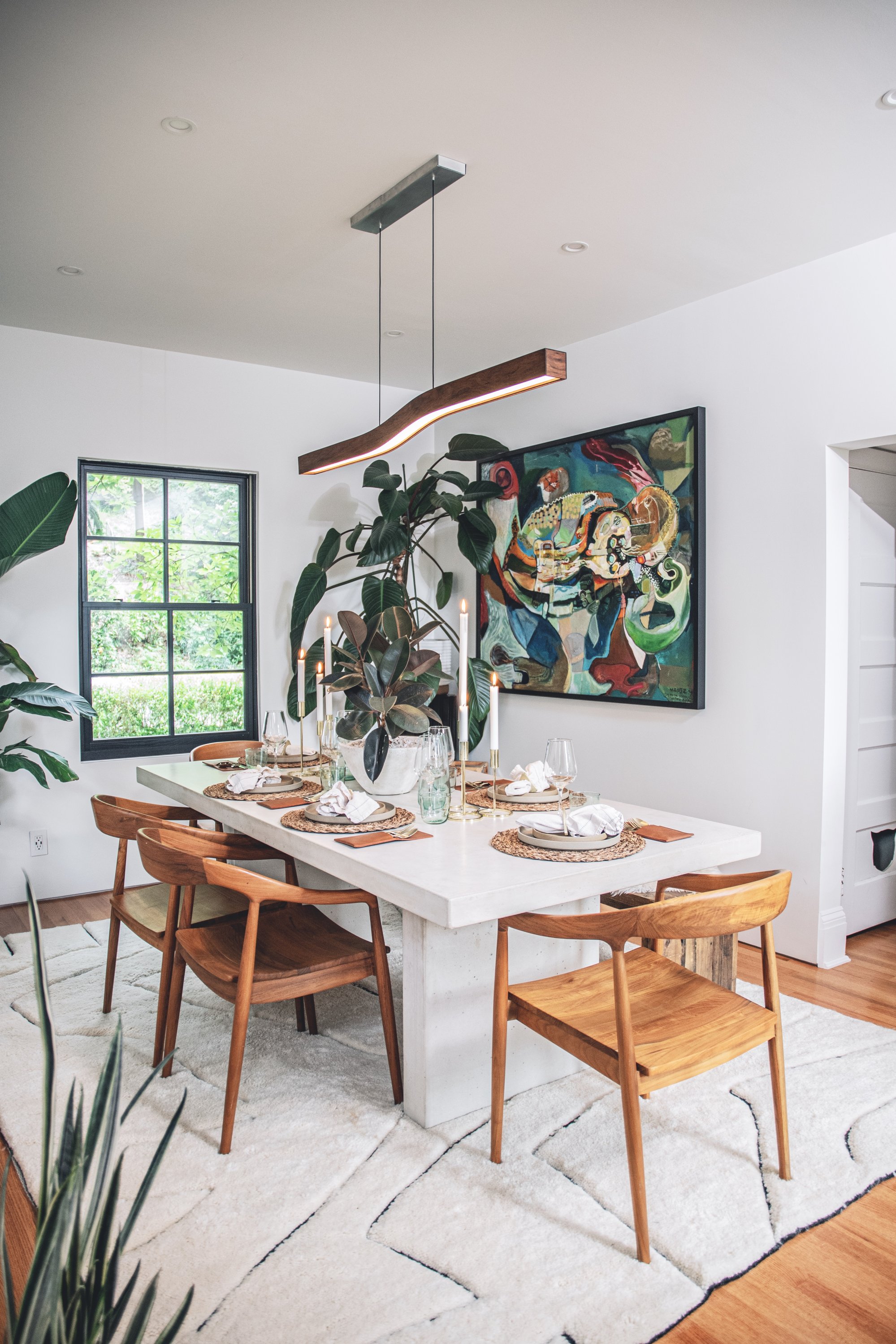
Bringing greenery into your personal space may sound simple, but with so many different plant types and varieties available, choosing the right plant is more complicated than it used to be. While easy-to-care-for, manageable varieties such as Sansevieria and Araceae were once solid choices, experts are now advising customers to consider a range of factors before going green.
“Firstly, all plants need a few basic elements to survive: light, airflow, soil, water and care, which is why the placement of your plants and how much care you give them is so important. You don’t want it to be a chore,” says Tim Wong, founder of plant styling company Quest Terrarium and the recently launched website Quest Plants & Supply.
“I recommend starting with just two or three plants at most. While many people tend to choose one plant as a focal point, I like the idea of combining several plants in one area – for example, short and tall plants, or medium and short plants – that way you can achieve some balance,” he says.
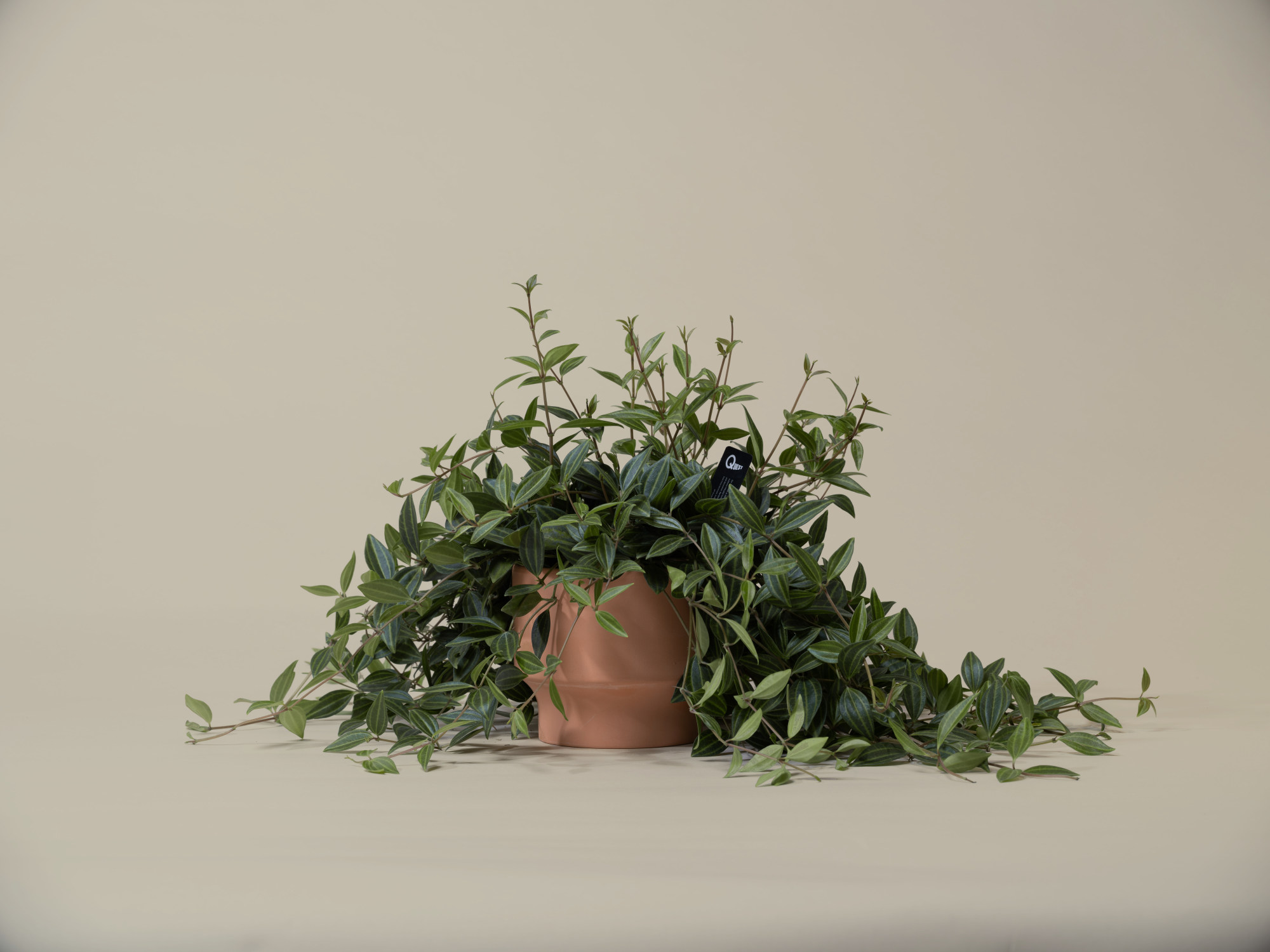
Wong says clients should also consider what mood they want to create with their plants. For a more minimalist feel, succulents and plants with structure or clean lines are ideal, while those looking to create a more bohemian vibe can choose tropical or subtropical varieties such as bird of paradise flowers and beetle peperomia. Wong also highlights “edgy” or distinctive plants that are currently popular with clients, such as the Australian bottle tree and dragon tree (Dracaena marginata).
“Keep in mind the plant’s form and how it will grow over time. For example, some varieties spread outward instead of upwards, so they won’t work in an already tight space,” he says.
It’s not just plants that give a home personality – Carter says you can express your personality even more through accessories like planters and pots. Distressed limestone and terracotta planters are trending on social media, and mismatched styles in bold colours will energise a space.
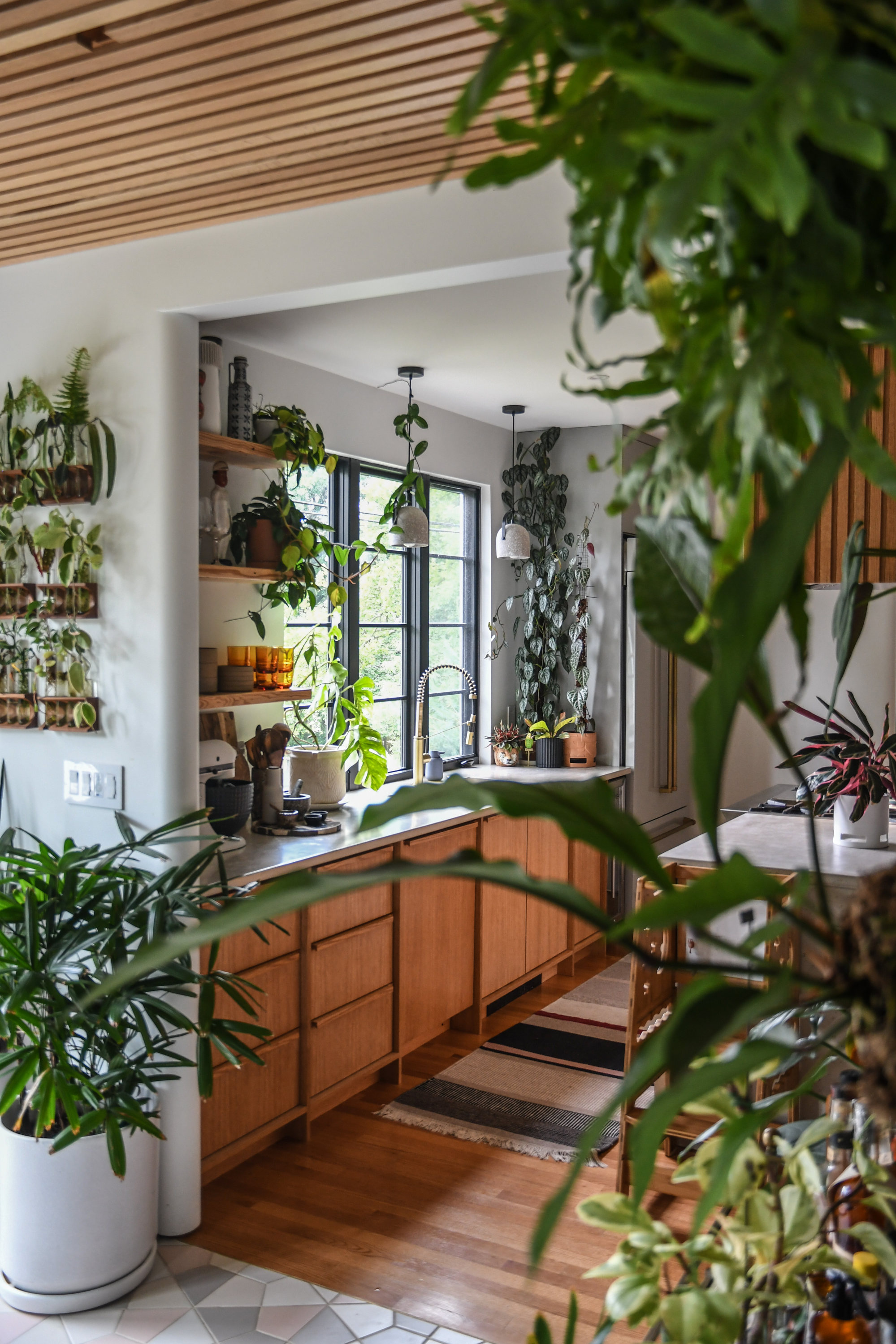
Carter also encourages clients to think outside the box when it comes to choosing plant types: For those who can’t have live plants, artificial plants are the next best thing, he says. Live plant walls and moss sculptures may be trendy, but they tend to be costly and labor intensive to maintain.
Wong recommends terrariums, which are easy to maintain as they have their own ecosystem, and air plants such as ferns, which don’t require soil and can be mounted on a plank of driftwood for a stylish look.
Finally, always remember that plants are an investment and can last a lifetime.
“Treat plants as living things in your home, not just decorative items. Plants don’t need to be replaced unless they’re irretrievably healthy. I’ve had some of my favorite plants for over 10 years, and although they may not look perfect, I love watching them thrive in a variety of environments,” says Carter.
5 easy-to-care-for yet stylish plants
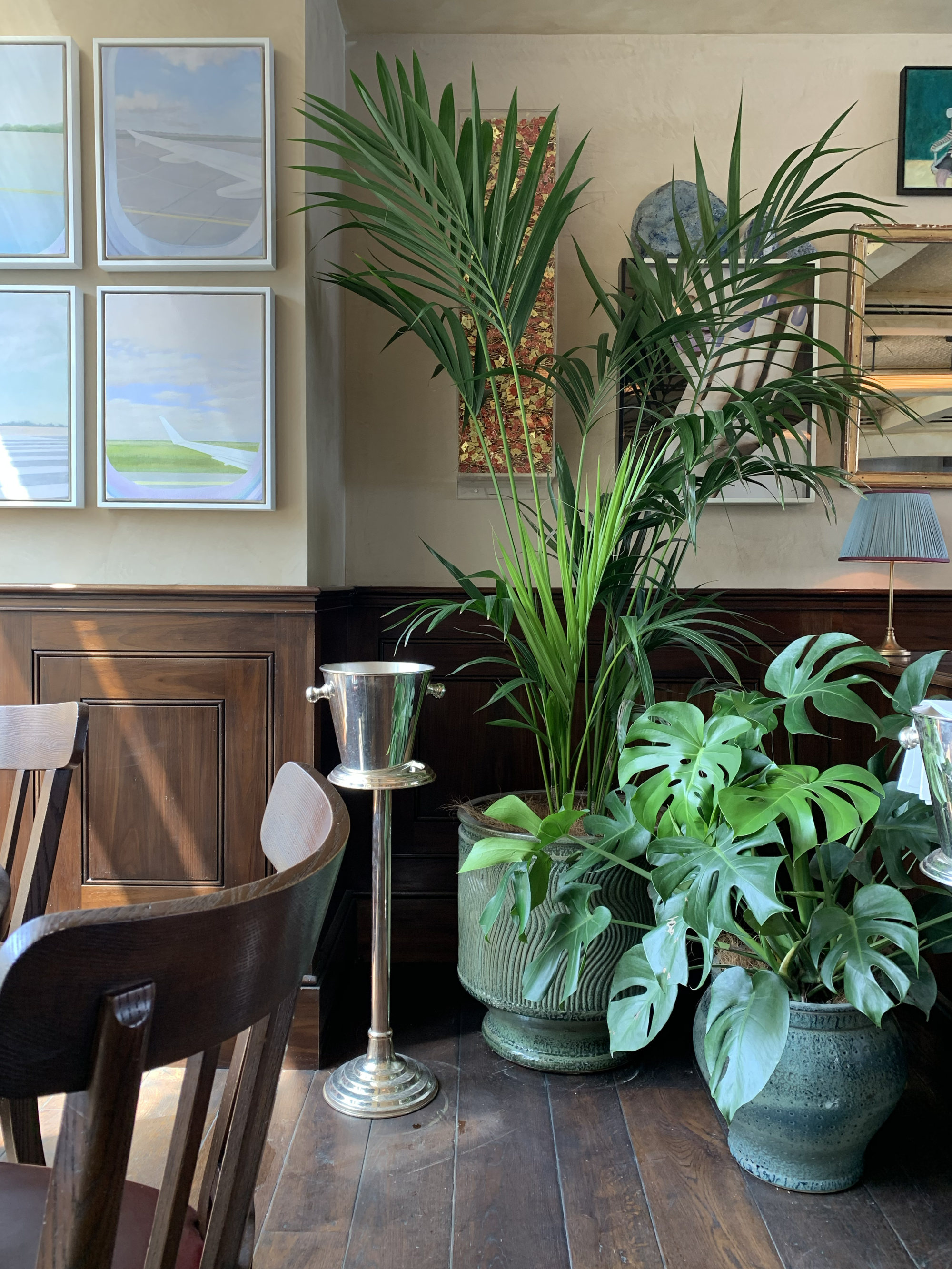
snake
Known for its stiff, upright leaves, this versatile plant thrives with or without natural light.
Spider
A more decorative style, this indoor plant is known for its air-purifying and medicinal properties.
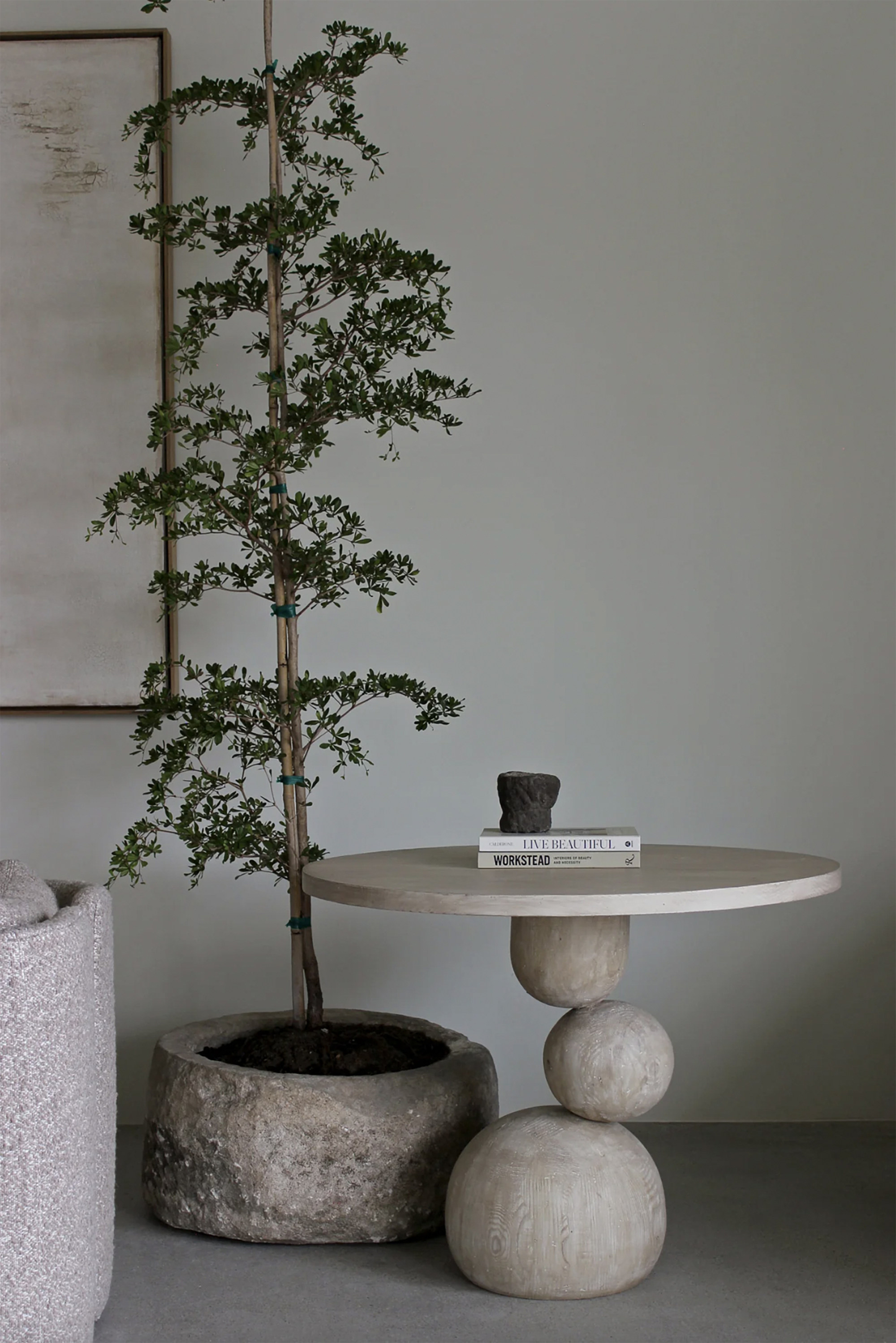
Pothos
Great for beginners or low light environments, this plant can be trained to grow into a variety of shapes and sizes.
Dragon
The variegated foliage makes it a great choice for those wanting a dramatic look, and as it’s a tropical plant, it also does well in warmer environments.
Tillandsia
Also known as air plants, these plants can grow without soil, making them perfect for humid environments like the bathroom.

